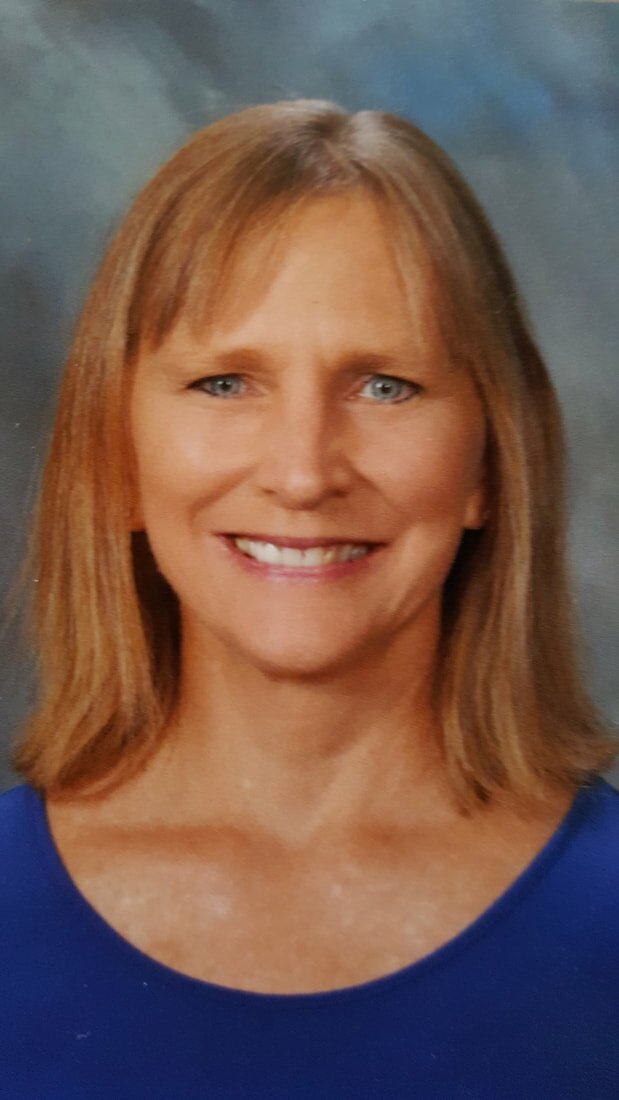|
In educational psychology classes we learn about Abraham Maslow’s Hierarchy of Needs. His theory asserts that motivation in humans generally moves in step with meeting various levels of need. From the most basic to the ideal, they are physiological, safety, belonging and love, esteem, and self-actualization. Today’s scholars contend that these levels often overlap and are not necessarily achieved in a strictly linear fashion. What does this theory have to do with my classroom, or yours?

Some students come to school having basic needs (food, water, shelter, sleep, health) met, and for those who don’t, our school system has made great strides toward supplementing the deficits. In schools identified as having a high percentage of students living in poverty, breakfast and lunch are provided free of charge with some students taking home groceries for the weekend. School nurses intervene to connect families with health services, medical supplies, and even winter wear. Many schools employ home/school liaisons who connect families with resources for transportation, housing, food, medical care, and more. Safety and security policies and practices protect students while at school, but what about…
… students who don’t feel safe once they walk out of the school doors?
… students who are bullied at, or outside of, school? … students whose families suffer from food and/or financial insecurity? … students who feel alienated by peers? … students who feel inferior to others?
I could go on, but the point is that many students do not come to school ready to learn. Life situations, relationship issues, and self-image/esteem challenges interfere with the ability to learn. What is a teacher to do? Unfortunately, I don’t have a miracle cure because the problems are complex and multifaceted. I often feel overwhelmed with the needs presented by my students and my inability to meet those needs. The pressure to move all students to levels of proficiency compound these feelings of inadequacy. Of course I want all of my students to be proficient in reading, math, and other subjects, but how do I balance academic needs with the need to atone for shortfalls in self-regulation, communication, empathy, etc. when the latter often prohibit learning of the former? How much “teaching” time can I take to deescalate students who, for reasons unbeknownst to me, erupt and disrupt their learning and the learning of peers?
Why don’t our school districts assess students’ proficiency according to Maslow’s hierarchy, or better yet, the district’s ability to elevate students on the hierarchy? Students aren’t “standard” to begin with, but in the effort to attain “proficiency,” the process of standardization harms those most in need of help by creating a false standard of success. The focus is diverted from what students really need to a focus on preparing them for low-level, inauthentic assessments. 
So, until policy and practice align with what might really make a difference, I will continue to prioritize caring for oneself, improving self-regulation, showing kindness, applying effort, and setting goals. I will remain committed to providing students with a safe and caring classroom environment and working to give students tools for dealing with environments beyond the school doors. And, perhaps most importantly, I will work to develop a societal culture that takes care of its most vulnerable citizens so that one day, all students come to school ready to learn.
0 Comments
Leave a Reply. |
AuthorHi, I'm Carolyn! I have a passion for teaching and a calling to change the system of education. Join me in my journey. ArchivesMay 2019 Categories RSS Feed RSS Feed
|
Powered by  Create your own unique website with customizable templates.
Create your own unique website with customizable templates.
 Create your own unique website with customizable templates.
Create your own unique website with customizable templates.

